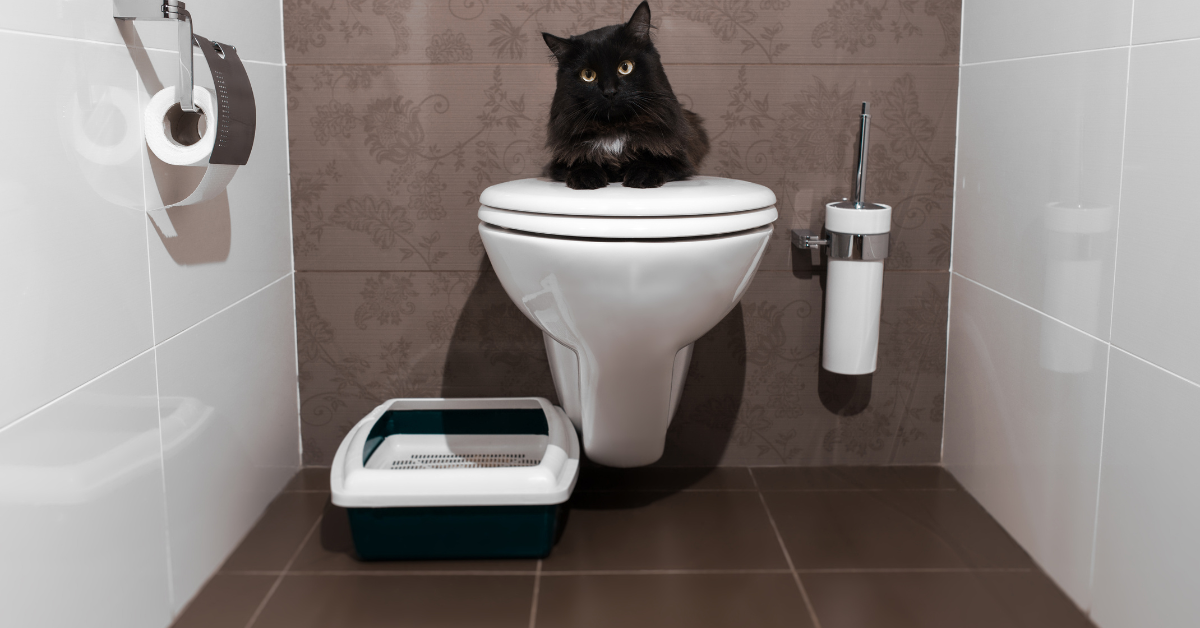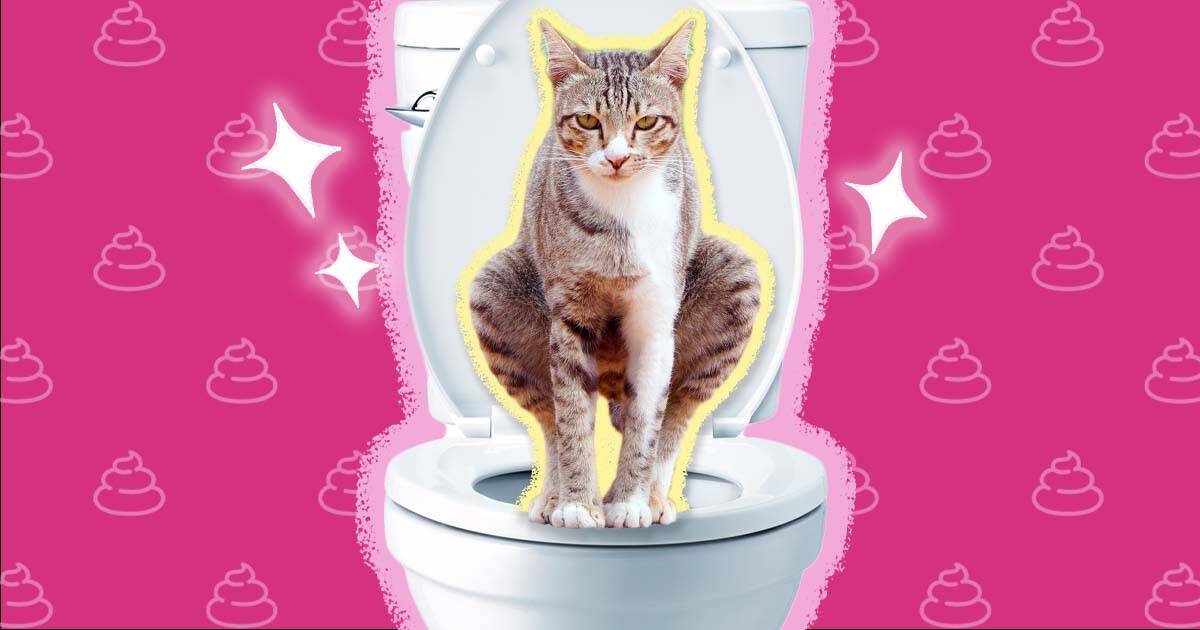Reasons Flushing Cat Poop Down Your Toilet May Cause Problems - Recommendations for Proper Handling
Reasons Flushing Cat Poop Down Your Toilet May Cause Problems - Recommendations for Proper Handling
Blog Article
The article in the next paragraphs relating to Don’t flush cat feces down the toilet is incredibly compelling. You should look it over.

Introduction
As cat owners, it's necessary to be mindful of how we take care of our feline pals' waste. While it might appear convenient to purge pet cat poop down the commode, this practice can have damaging repercussions for both the environment and human health and wellness.
Ecological Impact
Flushing cat poop presents dangerous pathogens and bloodsuckers into the water system, posturing a significant danger to aquatic communities. These contaminants can adversely impact aquatic life and compromise water high quality.
Health Risks
Along with ecological concerns, purging pet cat waste can additionally posture health and wellness risks to humans. Cat feces might include Toxoplasma gondii, a bloodsucker that can create toxoplasmosis-- a possibly serious disease, especially for pregnant ladies and individuals with weakened body immune systems.
Alternatives to Flushing
The good news is, there are more secure and extra accountable methods to get rid of cat poop. Take into consideration the adhering to choices:
1. Scoop and Dispose in Trash
One of the most typical approach of disposing of feline poop is to scoop it into a biodegradable bag and throw it in the garbage. Make sure to use a committed litter inside story and take care of the waste quickly.
2. Use Biodegradable Litter
Go with biodegradable pet cat trash made from products such as corn or wheat. These trashes are environmentally friendly and can be securely gotten rid of in the trash.
3. Hide in the Yard
If you have a lawn, think about burying pet cat waste in a marked location away from vegetable yards and water sources. Make sure to dig deep sufficient to avoid contamination of groundwater.
4. Mount a Pet Waste Disposal System
Buy a pet garbage disposal system specifically made for pet cat waste. These systems utilize enzymes to break down the waste, lowering smell and environmental influence.
Final thought
Accountable animal possession extends past offering food and shelter-- it also involves correct waste monitoring. By avoiding purging pet cat poop down the bathroom and selecting alternative disposal methods, we can reduce our environmental impact and safeguard human wellness.
Why Can’t I Flush Cat Poop?
It Spreads a Parasite
Cats are frequently infected with a parasite called toxoplasma gondii. The parasite causes an infection called toxoplasmosis. It is usually harmless to cats. The parasite only uses cat poop as a host for its eggs. Otherwise, the cat’s immune system usually keeps the infection at low enough levels to maintain its own health. But it does not stop the develop of eggs. These eggs are tiny and surprisingly tough. They may survive for a year before they begin to grow. But that’s the problem.
Our wastewater system is not designed to deal with toxoplasmosis eggs. Instead, most eggs will flush from your toilet into sewers and wastewater management plants. After the sewage is treated for many other harmful things in it, it is typically released into local rivers, lakes, or oceans. Here, the toxoplasmosis eggs can find new hosts, including starfish, crabs, otters, and many other wildlife. For many, this is a significant risk to their health. Toxoplasmosis can also end up infecting water sources that are important for agriculture, which means our deer, pigs, and sheep can get infected too.
Is There Risk to Humans?
There can be a risk to human life from flushing cat poop down the toilet. If you do so, the parasites from your cat’s poop can end up in shellfish, game animals, or livestock. If this meat is then served raw or undercooked, the people who eat it can get sick.
In fact, according to the CDC, 40 million people in the United States are infected with toxoplasma gondii. They get it from exposure to infected seafood, or from some kind of cat poop contamination, like drinking from a stream that is contaminated or touching anything that has come into contact with cat poop. That includes just cleaning a cat litter box.
Most people who get infected with these parasites will not develop any symptoms. However, for pregnant women or for those with compromised immune systems, the parasite can cause severe health problems.
How to Handle Cat Poop
The best way to handle cat poop is actually to clean the box more often. The eggs that the parasite sheds will not become active until one to five days after the cat poops. That means that if you clean daily, you’re much less likely to come into direct contact with infectious eggs.
That said, always dispose of cat poop in the garbage and not down the toilet. Wash your hands before and after you clean the litter box, and bring the bag of poop right outside to your garbage bins.
https://trenchlesssolutionsusa.com/why-cant-i-flush-cat-poop/

As a person who reads on Don’t flush cat feces down the toilet, I was thinking sharing that piece of content was smart. You should set aside a second to promote this blog if you enjoyed it. Thanks a lot for your time. Visit us again soon.
View Website Report this page